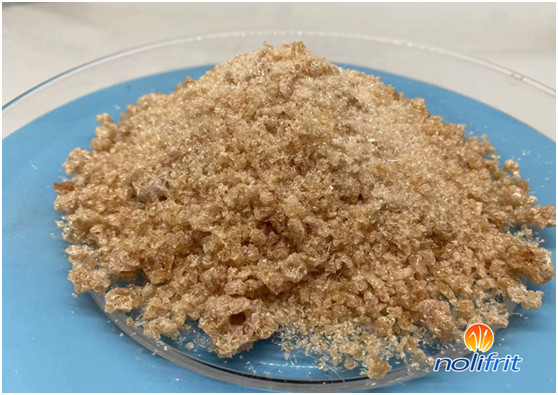Structural Theory of Enamel Frit
Enamel frit is mainly composed of vitreous body. Therefore, enamel, like glass, is also an isotropic amorphous substance without fixed melting point and cleavage surface.

The oxides that form the enamel matrix are mainly SiO2 and B2O3, etc., which are combined into an irregular continuous grid in the form of polyhedrons in the enamel, and Na+, K+, LI+, Ti+, etc. introduced into the enamel, according to a certain relationship , into the gaps in the enamel network, become an important part of enamel, and dominate the unique properties of enamel.
Although the matrix of enamel belongs to the glass phase, its structure is different from that of glass in many places.
The structure of silicate and borosilicate enamel, like silicate and borosilicate glass, is a continuous network frame formed by silicon-oxygen tetrahedron, boron-oxygen triangle and boron-oxygen tetrahedron. However, the phosphorus, antimony, zirconium and other oxides introduced into the enamel, partly in the form of antimony-oxygen four-coordination, phosphorus-oxygen four-coordination and zirconium-oxygen six-coordination, together with silicon-oxygen tetrahedron and boron-oxygen tetrahedron, etc. , forming an irregular continuous grid, which is different from ordinary glass. In addition, the fluorine in the introduced fluoride will replace part of the oxygen and enter the grid. It can be seen that the continuous grid of enamel is an irregular mixed polyhedron continuous grid formed by various compounds.
Opacifiers are introduced into enamel. These opacifiers necessarily crystallize out as the melt cools. Thus, due to the presence of a large number of opaque crystals in the enamel, there are more ordered domains in its structure than in glass.